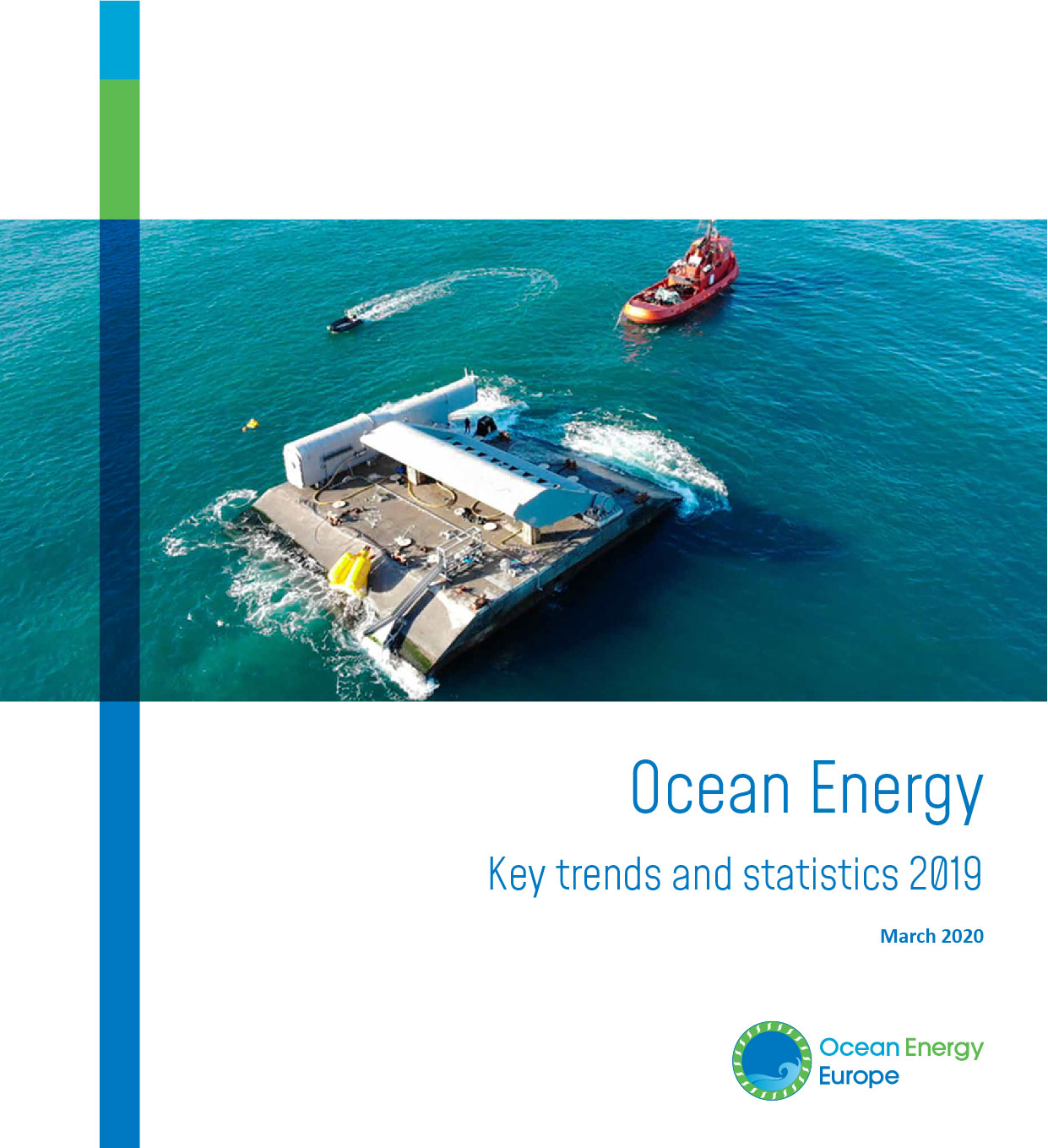Ocean Energy Statistics: European tidal power generation jumps by 50% in 2019

24.03.2020
Europe still leads the world in tidal energy installations, and European tidal stream projects generated 50% more electricity in 2019 than the year before, according to statistics released today by Ocean Energy Europe.
European tidal stream capacity continued to climb in 2019, reaching 27.7 MW cumulatively – almost four times as much as the rest of the world. This is despite a slowdown in deployments as developers prepare for larger projects to hit the water in the next few years. Outside of Europe, the first of several European-led projects in Canada reached financial close, thanks to a dedicated Feed-In Tariff for tidal energy.
Electricity produced by tidal energy shifted up a gear in 2019, adding 15 gigawatt-hours to Europe’s running total – which hit 49 gigawatt-hours at the end of the year. This uptick demonstrates that the technology can work over a long period of time in aggressive waters. With improving efficiency and falling costs, tidal energy is all set to become a mainstream power source.
In the wave energy sector, installed capacity in Europe grew by 25%, continuing the sector’s steady growth over the past decade. Several projects hit the water along the Atlantic and North Sea coasts, taking Europe’s cumulative installations to 11.8 MW.
Although Europe remains at the forefront of wave energy in terms of cumulative capacity and technological excellence, the gap is narrowing. Annual installations in other parts of the world have, for the second year running, overtaken Europe. The USA and China are beginning to reap the rewards of sustained investments in RD&I, with combined installations of 1.8 MW in 2019.
Ocean Energy Europe’s CEO, Rémi Gruet, highlighted the game-changing issue of revenue support.
“European governments should take note of the fact that revenue support has been the driver of significant progress in Canada and China. The question is no longer if the technology works, but what is required to roll it out on an industrial scale.
Every recent 2050 energy scenario sees wind and solar at the centre of European electricity production. The large-scale deployment of second-generation renewables such as ocean energy is essential to complement these two variable energies. Predictable ocean energy, producing at different times from wind and solar, will be a vital tool to support the transformation of Europe’s energy system towards a zero-carbon future.”
The statistics were compiled by Ocean Energy Europe using data gathered from the ocean energy industry.
